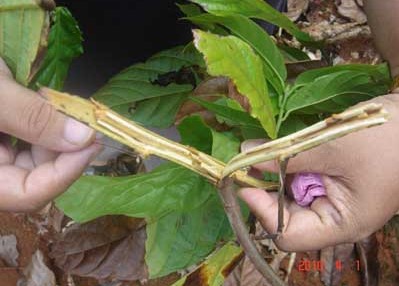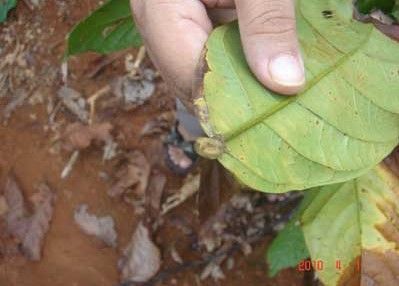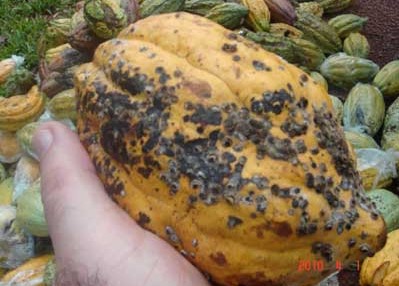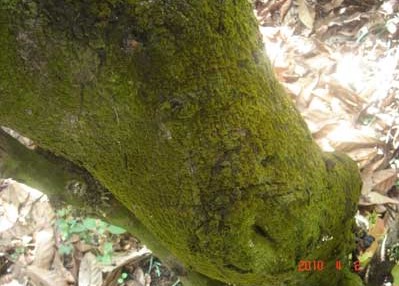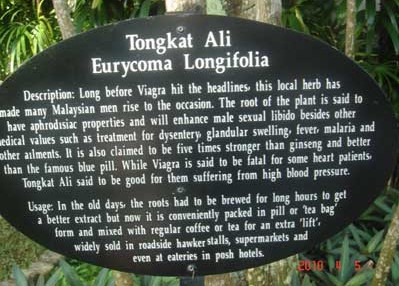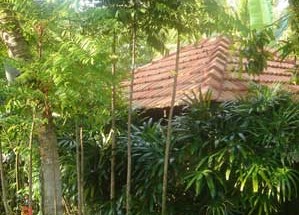Malaysia 2
During a recent trip (in April 2010) we collected the following figures:
Surface area where cocoa beans are cultivated:
2008: 20,600 hectares
2009: 20,800 hectares
This is far from 400,000 hectares, but figures are on the rise.
The geographical distribution is as follows:
The Peninsula: 75%
Sabah: 20%
Sarawak: 5%
Production of cocoa beans:
2008: 28,000 tonnes
2009: 25,000 tonnes
Production per hectare:
2008: 1.4 tonnes/hectare
2009: 1.2 tonnes/hectare
On the one hand this is a relatively high amount per hectare.
But on the other, several factors have brought about its decrease:
- 1. the ‘pod borer’ disease
- 2. the fact that production is lower on the new plots of land.
Local processing of beans:
2008: 310,000 tonnes
2009: 250,000 tonnes
Due to the fact that local production is low, large quantities of cocoa beans are imported.
Grinding capacity is not used to the full.
The decrease in local grinding of beans is due to the fall in demand of the market.
The farmer has to contend with two major problems:
- 1. the cocoa pod borer or CPB is a moth whose larva burrow their way into the fruit and cause it to decay.
- 2. the DVS, enters through the buds and prevents the sap from circulating. This in turn causes the branches and even the whole tree to die. The illness can be detected by three black spots at the base of the leaf.
Other problems:
- 1. Helopeltis is an insect that leaves black patches on the cocoa pods. This does not prevent the beans from being used, but it makes their external appearance very unattractive.
- 2. Alga that forms on the bark of the tree when the leaves have been splashed in turn prevents the formation of flowers and reduces the tree’s productivity.
- 3. A creeper-like plant that winds its way round the branches and has to be removed.
Anecdote:
During our visit to Malaysia we learned of the existence of a plant called the Tongkat Ali (Eurycoma Longifolia).
The roots of this plant are used by the locals as medicine and indeed were presented to us as a sort of local Viagra.

